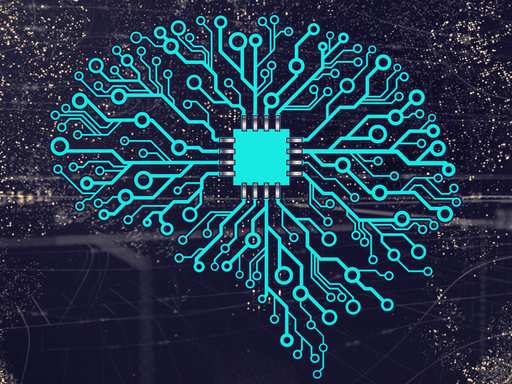Compared with other organs, the brain is difficult to study because of its inherent complexity with its billions of neurons and trillions of connections. Unfortunately, no single technology is enough to understand its electrical activity at different scales.

Challenges in Recording Brain Activity
Understanding neural circuits enables the development of new medical device-based therapies and designing brain-computer interfaces requiring high-resolution electrophysiological information. This is made possible by recording the activity of large populations of individual neurons in the brains over long periods.
Because of this, electronic devices for recording activities in the nervous system must be scalable across large spatial and temporal scales while offering millisecond and single-cell spatiotemporal resolution. However, current high-resolution neural recording devices cannot achieve simultaneous scalability on both spatial and temporal levels.
There is a tradeoff between the amount of information that can be measured by an implanted device and the amount of time it can maintain recording or stimulations. Silicon implants can gather much information, but they cannot stay in the body for long. Meanwhile, smaller devices are less intrusive and can last longer in the brain but can only provide a small amount of available neural information.
Scalable Neural Probes
To address this challenge, an interdisciplinary team of researchers developed a soft implantable device with sensors that can record single-neuron activity in the brain for a long period. This study, led by Harvard John A. Paulson School of Engineering and Applied Sciences (SEAS), is described in the paper "3D spatiotemporally scalable in vivo neural probes based on fluorinated elastomers".
According to first author Paul Le Floch, their team developed brain-electronics interfaces with single-cell resolution, which are more biologically compliant than traditional materials. The researchers are confident that their work has the potential to revolutionize bioelectronic design for neural recording and stimulation, as well as for brain-computer interfaces.
To overcome the tradeoff between longevity and high-resolution data rate, the experts used a type of material called fluorinated elastomers. Like Teflon, fluorinated materials are stable in biofluids, resilient, and have excellent long-term dielectric performance. These features are compatible with standard microfabrication techniques.
The fluorinated dielectric elastomers are integrated with three-dimensional stacks of implantable electronic platforms made of soft microelectrodes with 64 sensors. It enabled the development of a long-lasting probe that is 10,000 times weaker than conventional flexible probes made of engineered plastic materials, like polyimide or parylene C. When the device was tested in vivo, the research team recorded neural information from mice's brains and spinal cords over several months.
Designing novel neural probes and interfaces is an interdisciplinary challenge requiring materials science, electrical engineering, biology, and mechanical and chemical engineering expertise. Research corresponding author Jia Liu noted that designing new elastomers for long-term neural interfaces is feasible by carefully engineering different factors. She also believes this study can expand the range of design possibilities for neural interfaces.
RELATED ARTICLE: EU Spent 600 Million Euros for the Human Brain Project; How Will It Affect the Future of Digital Brain Research?
Check out more news and information on the Brain-Computer Interface in Science Times.














